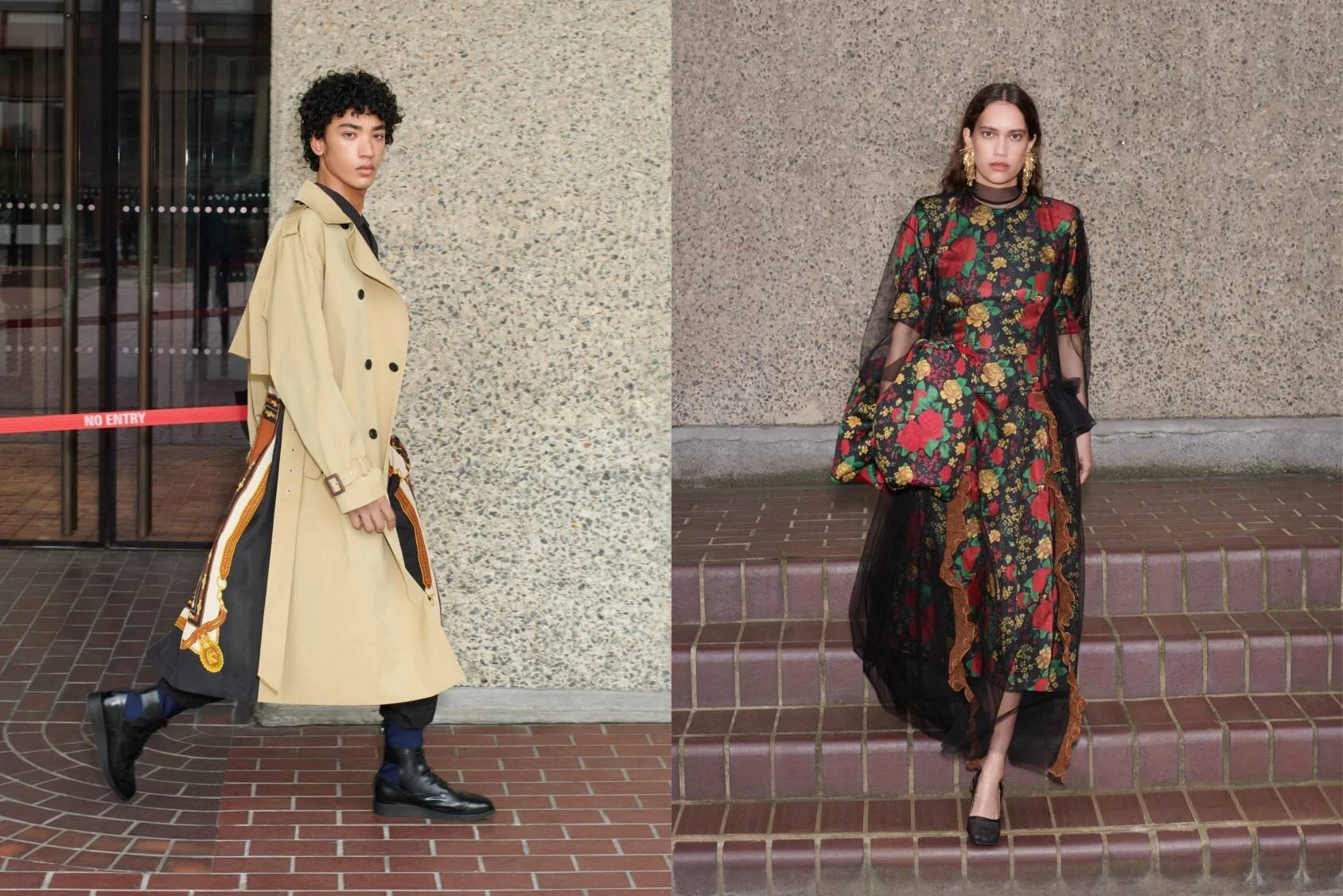TOGA ARCHIVES x H&M
The Japanese brand that will change the way you look at your wardrobe.
Written by Julia Retsinis for H&M Magazine
She has deconstructed modern classics while marrying traditional Japanese clothing with Parisian elegance and London punk. Yasuko Furuta’s Tokyo-based brand TOGA is unique in every cut, with designs beyond what’s male and female. TOGA has gained worldwide acclaim and a devoted fan base for its curious sensuality and modern, experimental take on everyday classics.
We had an inspiring video call with Yasuko to get to know more about her world.
YOU SEEM TO BE A VERY ARTISTIC PERSON. WHY FASHION?
"With fashion, a person can express their interests much faster, even before the conversations about the artwork you’re interested in, the music or the books that you like. That’s why I’m so interested in fashion above other art forms. I also think that choosing one’s clothes is a way to express your life."
Yasuko Furuta was born in Gifu, a small city between Tokyo and Kyoto. When she was only eight years old, her mother acknowledged Yasuko on the clothes she selected to wear one day, and ever since, Yasuko has been interested in fashion and it became her calling. But it was when she left Tokyo to study in Paris she realised what she wanted to bring to the world of fashion.
"Going to ESMOD (École Supérieure des Arts et Techniques de la Mode) in Paris, I saw an entirely whole new world, very different from the world I was familiar with in Japan. And for the very first time, I became very conscious of being Japanese. It made me think about what I wanted to present to the world as a Japanese person, which was not something I was really conscious of before I was in Europe."
Yasuko was inspired by Vivienne Westwood and Miuccia Prada, "women who express a powerful concept and expression that they articulate through their works". Like other heavyweighters for Japanese fashion, think Yohji Yamamoto and Rei Kawakubo, Yasuko played around with avant-gardism and was almost philosophical about what a garment could be. She went back to Japan and, in 1997, Yasuko founded TOGA. Without any specific vision of what it would become but a strong passion for making her own clothes.
“I was interested in fashion being not just a couture-led, technique-based skill, but instead something that was more idea-based”
WHY DID YOU NAME YOUR BRAND ‘TOGA’?
"I decided the name with a friend! The toga is an article of sacred and original Japanese clothing. It was the idea of starting something new and original that drew me to the name."
HOW WOULD YOU DESCRIBE TOGA TODAY?
"The idea with TOGA is to have a lot of curiosity, be unafraid of changes and to use the brand to find and redefine (new) values. The hope is that those ideas can resonate with people, finding a new purpose with the clothes; that’s what I have in mind when designing."
In Yasuko’s designs, you can see these visions and values come to life. Clever cut-outs, inventive hybrids and textural clashes are hallmarks of Furuta’s avant-gardesque label — a label that has freedom, independence and a genderless spirit at its heart.
FOR THIS CAMPAIGN, WE EMPHASISE AROUND GENDERLESS FASHION. HOW WOULD YOU DESCRIBE GENDERLESS FASHION, AND WHY IS IT IMPORTANT TO YOU?
"The fashion business is based on a very fast-paced and demanding schedule — it sounds bad, but it makes it possible for us to mirror social needs very quickly. In that sense, I believe that fashion can kind of project into the future in any age, certainly in recent years when problems of discrimination based on gender, sexuality and race have become an urgent issue. There’s always been problems but they are getting highlighted increasingly. I’ve always been critical of any discrimination and I’m trying to spread opinions that have historically been seen as minority opinions. I’ve always worked towards borderlessness."
The TOGA ARCHIVES x H&M collection includes a women’s and men’s line (this due to size and body shape), which both strive to break gender conventions when it comes to the design. From covering trench coats and belted wool blazers to recycled zink earrings and black belts.
"Conceptually, we want to create clothes that are not determined by gender but by situations. Ideally, I’m looking for a society where people wear the clothes they wish to wear. For years I’ve cast people who present themselves as men to model the women’s line and vice versa, so it’s been a thing we’ve considered critically."
WHO WOULD YOU LOVE TO SEE WEARING THIS COLLECTION FOR H&M?
"My aim has always been that a person’s wardrobe could be altered positively by adding a TOGA piece. I hope that, through H&M, this transformation will happen for a broader range of people than we have been able to reach so far."
